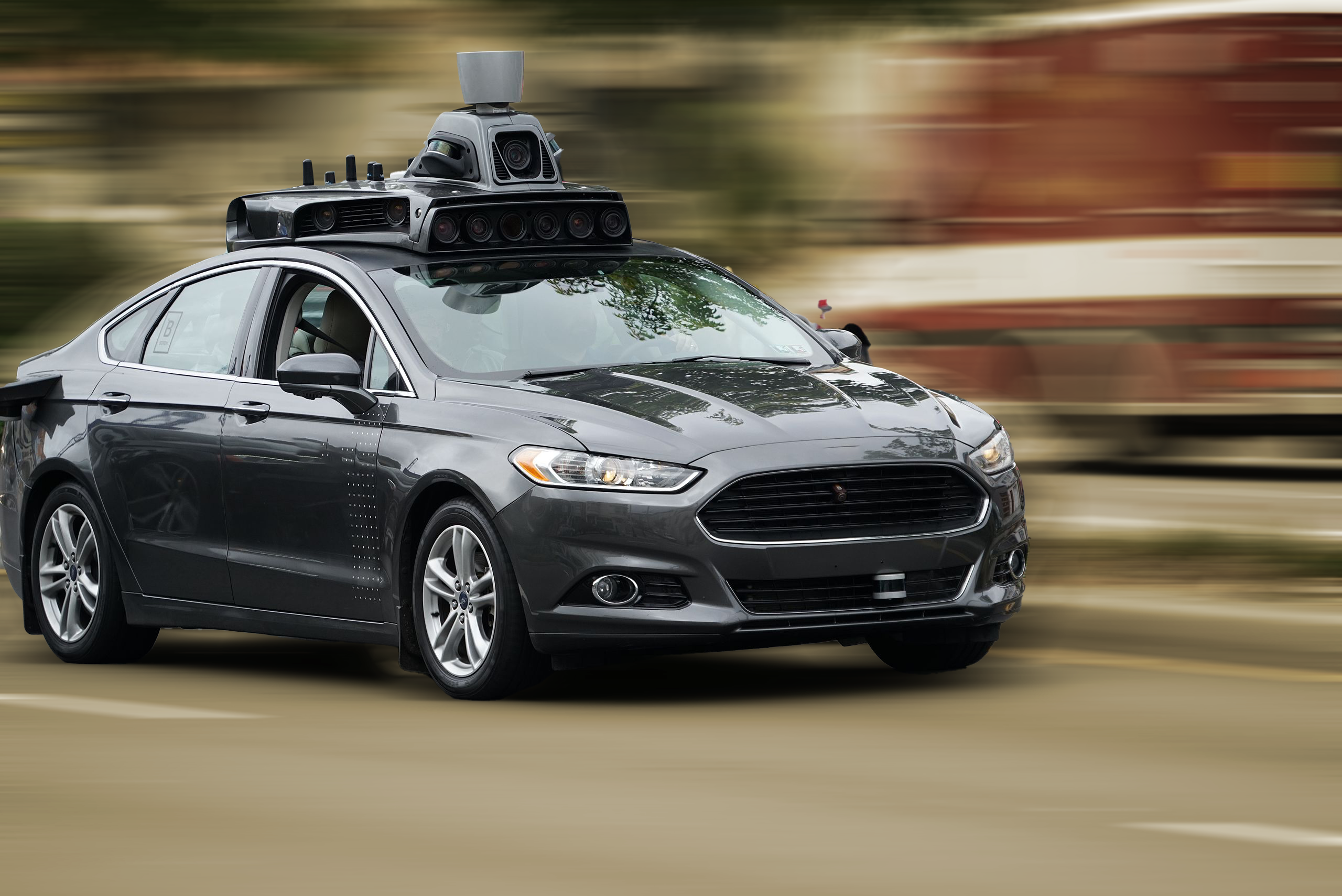
Robotic ImagingDecember 14, 2022
Have you heard about self-driving cars? Well, these cars are called autonomous vehicles, and as the name suggests, they can drive by themselves without the need of a driver. But how is that possible, and what is the role of LiDAR scan technology in this regard? Let's find out!
What Is LiDAR?
Light Detection and Ranging, LiDAR, is a surveying technique that employs laser pulses in order to calculate the distance to an object that is frequently concealed behind obstacles. A light-emitting sensor that transmits tens of thousands of laser pulses into the environment makes up the majority of LiDAR systems.
When these pulses strike objects and are reflected, the sensor records those reflections. The depth of the objects that reflected the light is calculated by advanced computing systems inside the LiDAR unit based on the time it takes for the pulses to return.
Manufacturers of autonomous vehicles of modern times rely on this fundamental technology to create highly reliable and safe vehicles.
LiDAR In Autonomous Vehicles
The primary job of LiDAR technology is to create massive 3D maps. These maps can then ultimately be used in autonomous vehicles to navigate an environment and know in advance about a traffic light or a stop sign which may be a few hundred meters ahead. It is the predictability offered by LiDAR technology that makes these self-driving cars unique and efficient.
Now because these LiDAR scanners have the capability of functioning at long ranges and have a higher resolution, they can help autonomous cars in detecting various objects very quickly. In addition to helping you navigate, LiDAR scan technology integrated into self-driving cars can also help in detecting objects such as pedestrians and other cars on the road. This is what really makes these autonomous vehicles highly reliable and safe.
Future Of LiDAR Technology & Autonomous Vehicles
As the automotive industry looks toward the not-too-distant future of self-driving vehicles, the emphasis is on reducing the cost and increasing the resolution and range of the 3D maps. Solid-state LiDARs offer some solutions to these important questions related to these extremely high costs.
It may be necessary for a manufacturer to incorporate multiple sensors into the cars if small, fixed sensors are used instead of large, rotating ones. But in that case, as well, the range of the sensors may not be adequate. In order to effectively maximize the utilization of both kinds of LiDAR sensors, manufacturers are trying to combine their advantages.
Engineers are still working on high-resolution mapping, which is anticipated to be the main area of automobile innovation in the upcoming years. With all these developments, it is anticipated that in a few years, safe and affordable road trips in self-driving cars will become a reality.
LiDAR scan technology is certainly changing the way car manufacturers are looking at autonomous vehicles. There is no denying the fact that in the forthcoming time, we are going to see highly autonomous cars that will require little to no human driver control. Wouldn't that be amazing?

